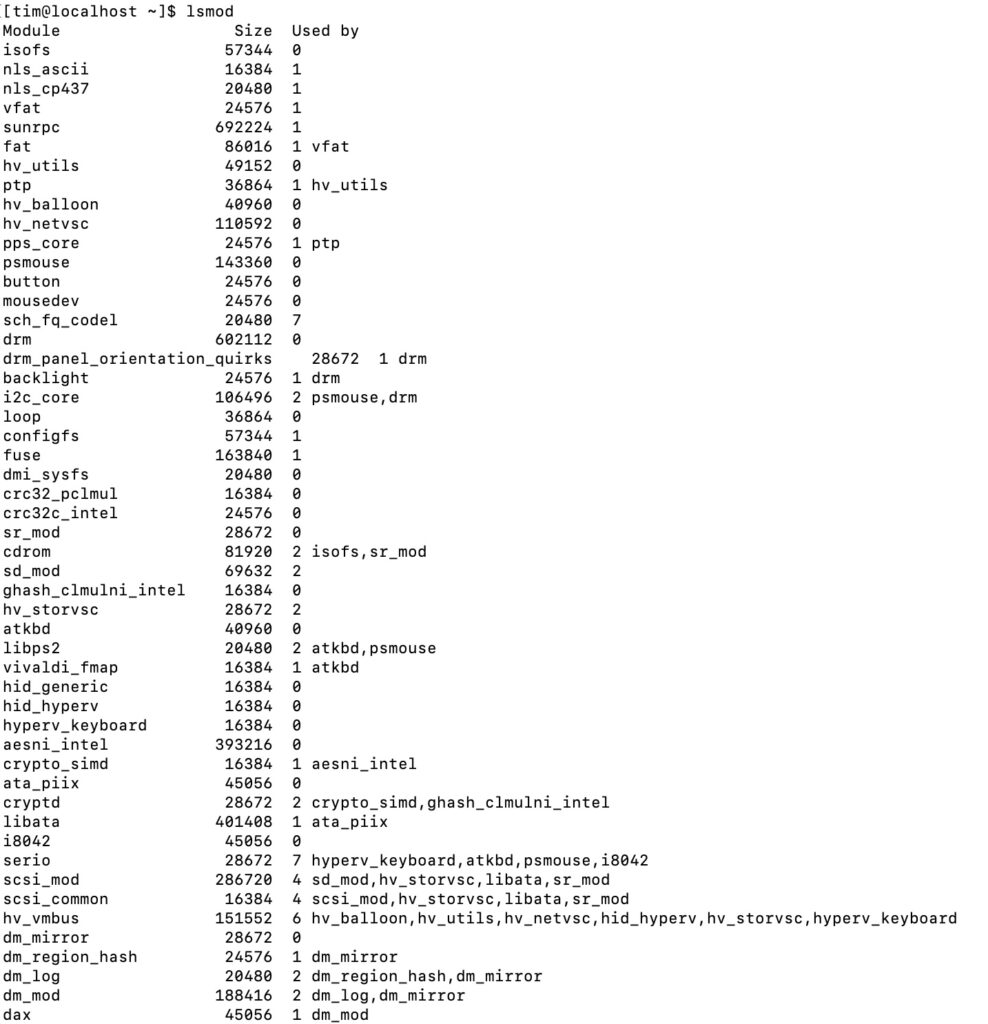Amazon Linux 2023 is the default for Linux VMs on AWS EC2 (Elastic Compute Cloud). Should you use it? It is a DevOps choice; the main reason why you might use it is that it feels like playing safe. AWS support will understand it, it should be performance-optimised for EC2; it should work smoothly with AWS services.
Amazon Linux 2 was released in June 2018 and was the latest production version until March 2023, by which time it was very out of date. Based on CentOS 7, it was pretty standard and you could easily use additional repositories such as EPEL (Extra Packages for Enterprise Linux). It is easy to keep up to date with sudo yum update. However there is no in-place upgrade.
Amazon Linux 2023 is different in character. It was released in March 2023 and the idea is to have a major release every 2 years, and to support each release for 5 years. It does not support EPEL or repositories other than Amazon’s own. The docs say:
At this time, there are no additional repositories that can be added to AL2023. This might change in the future.
The docs also document how to add an external repository so it is a bit confusing. You can also compile your own rpms and install that way; but if you do, keeping them up to date is down to you.
The key to why this is though is in a thing AWS calls deterministic upgrades. Each version, including minor versions, is locked to a specific repository. You can upgrade to a new release but it has to be specified. This is what I got today from my installation on Hyper-V:

The command dnf check-release-update looks for a new release and tells you how to upgrade to it, but does not do so by default.
The reason, the docs explain, is that:
With AL2023, you can ensure consistency between package versions and updates across your environment. You can also ensure consistency for multiple instances of the same Amazon Machine Image (AMI). With the deterministic upgrades through versioned repositories feature, which is turned on by default, you can apply updates based on a schedule that meets your specific needs.
The idea is that if you have a fleet of Amazon Linux 2023 instances they all work the same. This is ideal for automation. The environment is predictable.
It is not ideal though if you have, say, one server, or a few servers doing different things, and you want to run them for a long time and keep them up to date. This will work, but the operating system is designed to be disposable. In fact, the docs say:
To apply both security and bug fixes to an AL2023 instance, update the DNF configuration. Alternatively, launch a newer AL2023 instance.
The bolding is mine; but if you have automation so that a new instance can be fired up configured as you want it, launching a new instance is just as logical as updating an existing one, and arguably safer.

